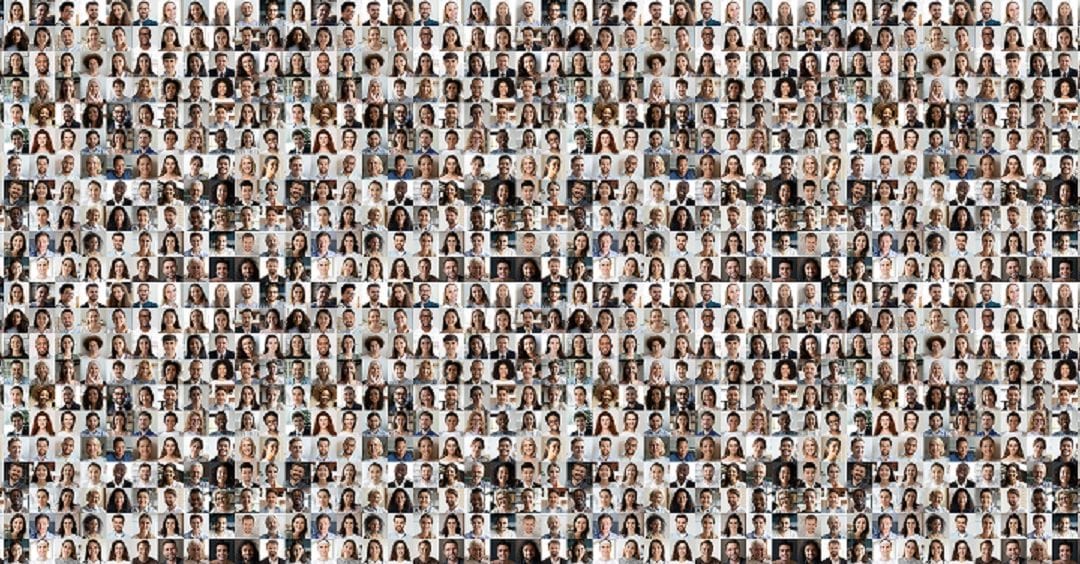As an UK Ambassador for Women on Boards UK, this topic is very close to my heart. But it goes a lot deeper than the gender gap on UK boards, or the gender pay gap, important as these are.
Many marketers are striving to be more inclusive, and importantly, to do more than just tick the boxes via a diversity policy that only exists in reality on paper.
By embracing and reflecting real-world diversity better, you can build greater brand affinity and deeper customer relationships while also playing your part as an organisation in terms of working to effect positive change in the real world and also improving your bottom line – many of today’s consumers, especially younger demographics, LGBTQ individuals, people of color, and people with disabilities, are rewarding brands that capture diversity, share their inclusive values, and espouse causes that support social equity.
It was reported in e-Marketer a few days ago that a May 2019 survey by Adobe found that 62% of US adults said diversity in a brand’s advertising had at least some impact on the way they perceived that brand’s products and services, with 24% reporting it had a “major” impact. More than six in 10 (61%) respondents said diversity in ads was somewhat important or very important, and 38% said they’d be more likely to trust a brand that showed diversity in its advertising.
In August 2019, The Female Quotient, Google, and Ipsos surveyed nearly 3,000 US consumers from diverse backgrounds in an attempt to understand the relationship between ads that were diverse and inclusive and people’s behavior after seeing those ads. Respondents were asked to consider 12 attributes: gender identity, age, body type, race or ethnicity, culture, sexual orientation, skin tone, language, religious or spiritual affiliation, physical ability, socioeconomic status, and overall appearance of people featured in each ad. The study found that 64% of overall respondents reported taking some type of action after seeing an ad they thought was diverse or inclusive. These percentages were significantly higher among those who were Latino (85%), Black (79%), Asian or Pacific Islander (79%); LGBTQ (85%); millennials (77%); and teens (76%).
Closer to home The Drum is a global media platform and the biggest marketing website in Europe. It says : “It’s not a question of what brands should do first to become more diverse – it’s a question of why they’re not doing it all yet. In 2020, diversity should be a hygiene factor………Diversity in advertising, by its very definition, isn’t just about one thing – it’s not just about gender, age, race, sexual identity, disability or ethnicity. It’s about all of those factors – and much more.”

